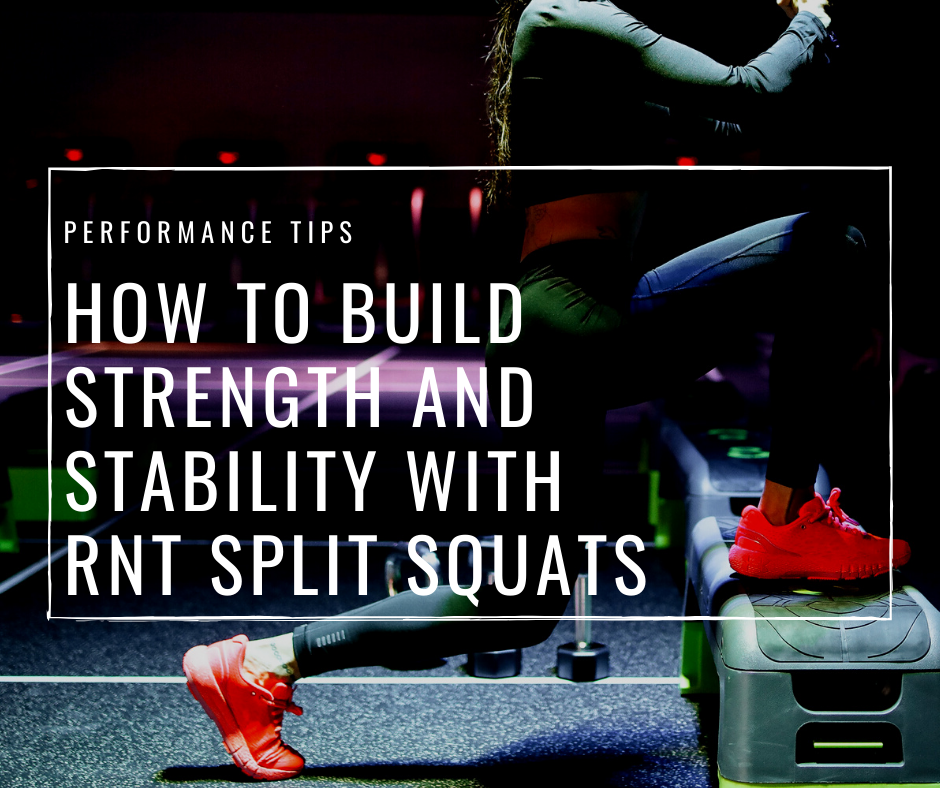VIDEOS: How To Tighten-Up Your Push-Up Game
If you can't complete a push-ups properly, what are the chances that you'll be able to do a quality bench press at a heavy load? Or burpees (which include a push-up done with speed and usually under fatigue)? Or any number of upper body pushing movements?
If you answered "slim to none", you're correct.
On the flip side, when you can truly perfect something as fundamental as a push-up, it will have strong carry over to more advanced skills. That's our goal for today.
(As an aside, check out my free Bench Press Guide for tons of details on perfecting that movement - you'll notice some similarities between the push-up principles and benching).
1. BASIC SHOULDER & BODY POSITION
If you don't start with the right set-up, you'll never become a push-up champ. We want to focus on:
- maintaining a very active plank position (squeeze the legs together, clench the glutes, and brace the abs), with the entire body (ankles, hips, shoulders and head in one line)
- Setting our shoulders by "screwing" them into the floor
2. HOW TO INITIATE THE PUSH-UP
The set-up is a good start, but we can still screw up by flopping straight down to the floor.
- Initiate the movement by leading forward with the shoulders, NOT by bending the elbows and pushing them out to the side
- Maintain a vertical forearm throughout (same as the bench press and the shoulder press).
3. KEEP THE SHOULDER CENTERED IN THE JOINT
Our most powerful and safest shoulder position is when the shoulder is centered in the joint.
Even so, you might feel stronger and more stable with your shoulder hiked-up toward the ears (i.e. not in this centered position). Why would this be?
In this case, the muscles around the shoulder are not properly balanced. In other words, the muscles that are supposed to support a centered shoulder position are not strong enough and can't do their job properly.
Since they're too week, you body will come up with a "plan b" to enable you to execute the movement. Other muscles (usually the upper traps) that normally don't play a big role in stabilizing the shoulder kick-in to provide more stability to the joint.
As you strengthen the weak links and re-balance the muscles around your shoulder over time, the "centered" shoulder position will become your strongest, preferred position to work in. Until then, you have to consciously work at it.
4. HOW TO FIX THESE PROBLEMS
There are thousand ways to do this, but here are some of the methods that we've had most success with.
If you try this stuff and your push-ups still feel lousy, drop me a line and let's trouble shoot!










